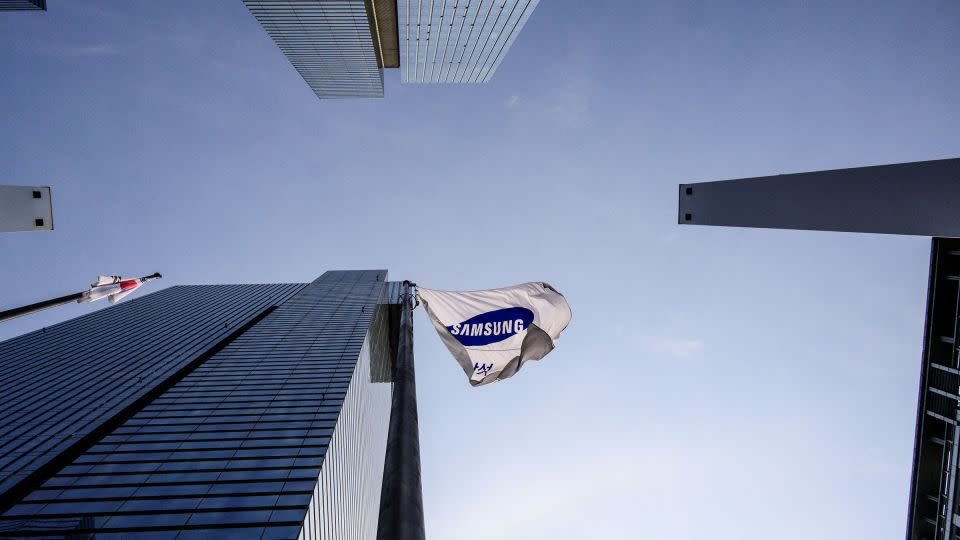Ask Lorelei Weimer what her accomplishments are as longtime leader of Indiana Dunes Tourism and she will provide a 16-point email, in no particular order, of what she’s most proud of.
They include the construction of the joint visitor center on Indiana 49, a project with Indiana Dunes National Park for a building owned by the Porter County Board of Commissioners; creating the 3 Dune Challenge at Indiana Dunes State Park, which spawned eight other challenges in Indiana state parks; and assisting the National Park Conservation Association to secure funding to fight beach erosion in Portage.
“It’s been 33 years and it’s kind of time, time to take a pause,” she said Friday. “I’m 56 and I’ve been here since I was an intern.”
Weimer’s pause began Friday, when Christine Livingston, vice president of IDT, took over as the agency’s interim president and CEO as Weimer uses up nine weeks of vacation time before beginning what she calls her next adventure, as of yet undetermined.
The tourism board formalized the transition at a meeting Thursday, according to Mitch Peters, the board’s president.
“Lorelei is stepping down to look at her options and alternatives,” Peters said, adding that Weimer has led the agency for 22 years. “We owe a great deal of gratitude for everything she’s done for both the county and the community.”
The change, said Peters and Livingston, comes at a time of transition for the bureau. IDT is in the process of taking over the gift shop at the visitor center from Eastern National, a vendor for national parks across the country.
Additionally, Sandy Remijas, the agency’s senior operations director, resigned in mid-November, allowing for a staff reorganization.
“It’s a little bit of a reset for us because of the staff changes that have taken place and because of the gift shop,” said Livingston, who has been with the organization just over 14 years and its vice president for 12 years.
The agency is hiring a retail manager and ordering stock for the gift shop, she said, and the retail manager also will oversee bike rentals, a service offered at the park for the past several years and taken over by the bureau a couple years ago when the vendor stepped back.
“We’re working to be efficient and maximize our skill set,” Livingston said.
The next order of business will be a strategic plan encompassing the staff reorganization and the additional duties of running the gift shop. Revenue from the gift shop will now return to IDT, which Weimer said will allow the funds to be invested back into the visitor center to maintain the exhibits.
Weimer, Livingston said, has been a great mentor, particularly given her vast knowledge. Livingston has her own vision of how to work with the board to move forward.
“We’re putting some real thought into how we meet our needs,” she said.
Tourism has gone from “heads in beds,” a reference to hotel occupancy rates, “to really looking at quality of place, quality of place and sustainability.”
With the park’s bump up in status from a national lakeshore to a national park in February 2019, sustainability has taken on a new focus because of increased visitors and interest in the park and Livingston is wary of what she called “over use.”
“Now that we’re a national park, we’re at the edge of that,” she said, adding she’s working with several partners, including the National Park Service, the Shirley Heinze Land Trust, the Northwest Indiana Forum and the Northern Indiana Commuter Transportation District, among others, to talk about sustainability in the community and the environment.
“It’s not just getting more people here, but the experience they have,” and that of the community, she added, noting that sustainability is something both she and Weimer are passionate about.
IDT’s most recent accomplishment is establishing the Indiana Dunes Indigenous Cultural Trail, which starts outside the visitor center. The project took six years and its first phase was dedicated in late September.
Livingston was the lead on the project.
“It’s definitely one of the more rewarding projects I’ve worked on in my career,” she said. “It was a gap in our region.”
The path forward to a new president and CEO isn’t immediately clear, though Livingston said she has expressed interest in taking on the job permanently. Since the leadership transition was just announced, she doesn’t yet know what that timeline or process will look like.
“I’ve got a great relationship with our board and a great relationship with our staff. They’re seasoned. They’re pros,” she said.
Weimer said what she will miss most from her time with IDT is working with like-minded community leaders who want what’s best for the area, as well as Porter County’s nine cities, towns and unincorporated areas, each of which have unique personalities that make them special, and the many partnerships she’s made over the years.
She is evaluating her future plans.
“It’s kind of exciting knowing what the new adventure will be,” she said.
Signup bonus from





